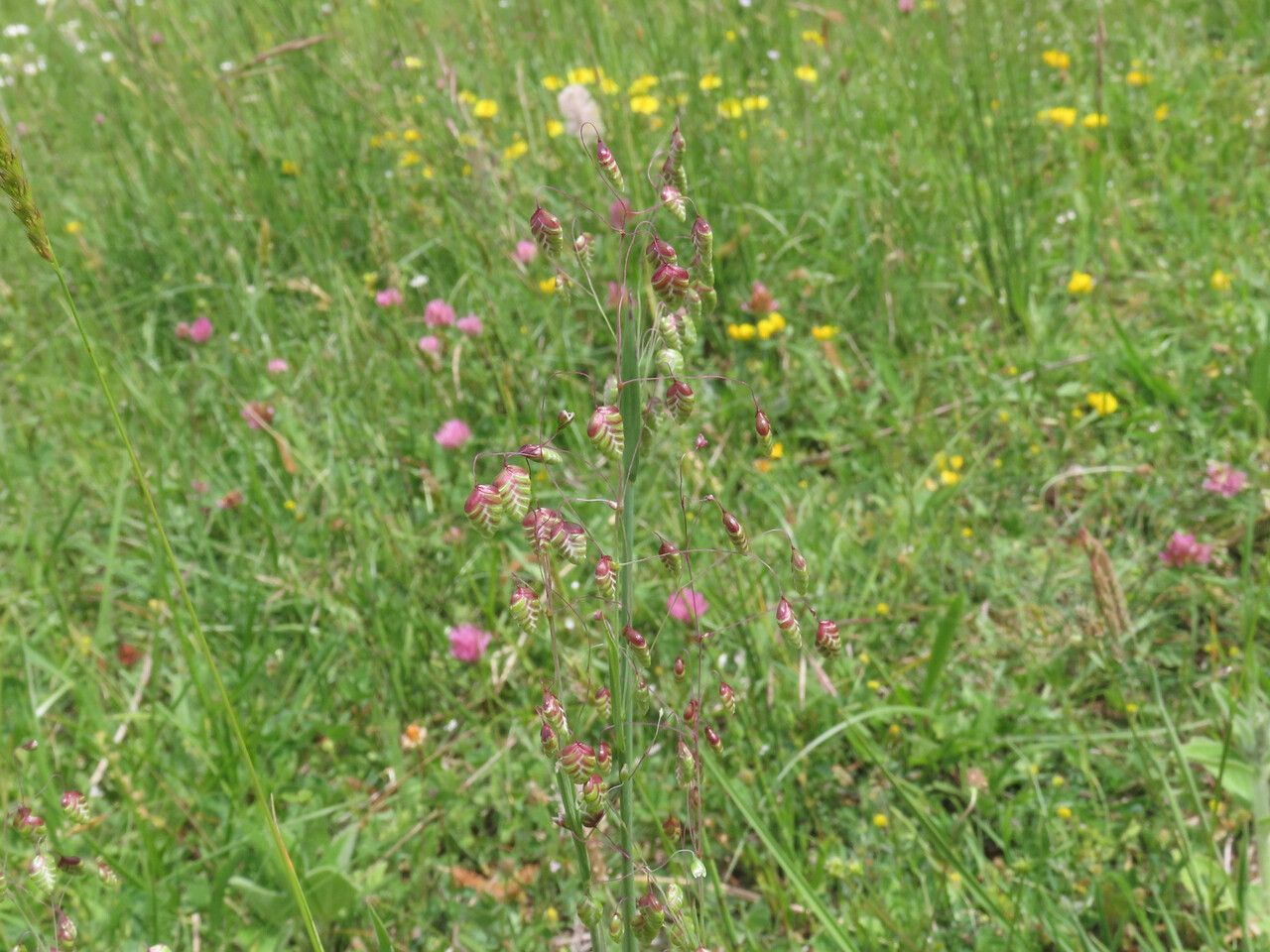### Ivy Gourd: A Climbing Vine with Culinary Delights
The ivy gourd, scientifically known as *Coccinia grandis*, is a vigorous, fast-growing vine belonging to the Cucurbitaceae family, which also includes cucumbers, melons, and squashes. Native to tropical and subtropical regions of Africa and Asia, this plant is now cultivated globally for its unique, slightly bitter fruits and tender young leaves, both used extensively in various cuisines.
### Botanical Characteristics and Identification
Ivy gourd is a perennial climber with slender, trailing stems that can reach impressive lengths, often climbing with the help of tendrils. Its leaves are heart-shaped, with serrated edges, and possess a slightly glossy texture. Small, bell-shaped flowers in shades of white or pale yellow appear throughout the growing season, giving way to small, round, bright red berries when pollinated. These berries, while visually appealing, are often bitter unless cooked properly.
### Habitat and Growth
Ivy gourd thrives in warm, humid climates with ample sunlight. While it tolerates partial shade, optimal growth and fruit production occur in locations receiving at least six hours of direct sunlight daily. The plant prefers well-drained soil, rich in organic matter. Poor drainage can lead to root rot, a common problem with many cucurbits. Amend heavy clay soils with compost or other organic materials to improve drainage and aeration.
### Planting and Care
Ivy gourd can be grown from seeds or cuttings. Seeds should be sown directly into the ground or started indoors in seed trays several weeks before the last expected frost. Cuttings root easily in moist soil. Consistent watering is crucial, especially during dry periods, but avoid overwatering, which can cause fungal diseases. Regular fertilization with a balanced, water-soluble fertilizer will promote healthy growth and abundant fruiting. Providing a trellis or support structure allows the vine to climb vertically, maximizing space utilization and preventing the fruit from rotting on the ground.
### Culinary Uses and Health Benefits
The young leaves and tender shoots of the ivy gourd are eaten as greens in many parts of the world. The fruit, although bitter when raw, becomes palatable after cooking and is often used in curries, stir-fries, and other dishes. It has been used traditionally for its potential health benefits and is considered a good source of vitamins and antioxidants. However, it’s always advisable to consult with a healthcare professional before using any plant for medicinal purposes.
### Pests and Diseases
Like many cucurbits, ivy gourd can be susceptible to various pests and diseases. Common issues include aphids, whiteflies, and powdery mildew. Regular inspection of plants, along with preventative measures such as proper spacing and good air circulation, can help minimize these problems. If pests or diseases are detected, appropriate organic control methods should be employed.
### Conclusion
Ivy gourd is a rewarding plant to grow, offering both culinary and ornamental value. With proper care and attention, you can enjoy a bountiful harvest of this unique and versatile vine, adding a distinctive flavor to your meals and a vibrant touch to your garden.
Ivy Gourd: Growing Guide & Care Tips

Frequently Asked Questions
How to grow ivy gourd in pots?
Ivy gourd can be successfully grown in large pots (at least 12 inches in diameter) with well-draining potting mix. Ensure adequate support like a trellis or stake is provided for climbing. Regular watering and fertilization are crucial.
What are the best soil conditions for ivy gourd?
Ivy gourd thrives in well-drained soil rich in organic matter. A slightly acidic to neutral pH (6.0-7.0) is ideal. Amend heavy clay soils with compost or other organic materials to improve drainage and aeration.


